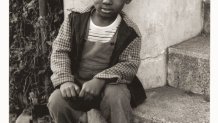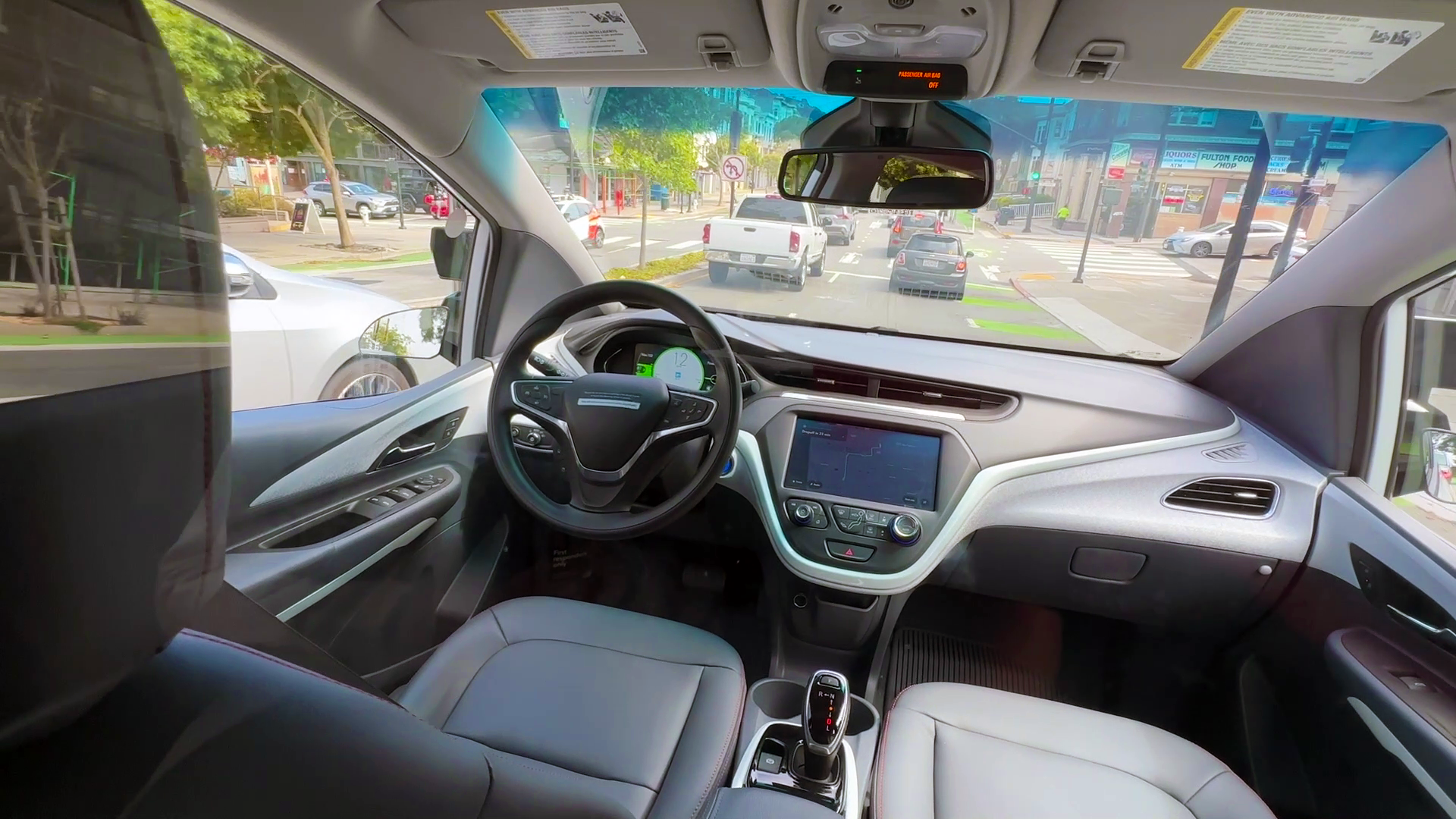David Johnson strode into San Francisco's Harvey Milk Photo Center, and plopped down in a leather chair in the newly named David Johnson photo library.
Flanked at all sides by books of photography, he picked-up one with a cover bearing a photo of Johnson as a younger man, holding a large format camera that became his signature equipment in the days when he'd prowl the city's Fillmore District snapping unassuming photos that would define a disappearing era.
"A handsome dude," Johnson quipped looking at the dapperly-dressed younger version of himself on the book's cover.
Since the 1940s when he studied with photography master Ansel Adams, Johnson was always in the company of his camera. He viewed his adopted city of San Francisco through its lens, snapping photos of the people he would encounter in the Fillmore neighborhood -- known then as the Harlem of the West.
Get a weekly recap of the latest San Francisco Bay Area housing news. Sign up for NBC Bay Area’s Housing Deconstructed newsletter.
"I’m a people a photographer," Johnson said. "I was interested in people who were interested in what I was doing."
His favorite photo shows a five-year old boy named Clarence sitting on the steps of a Fillmore Church, wearing a newsboy cap. Another of his photos captured a man with no legs astride a skateboard. The photo doesn't call attention to the man's disability -- yet highlights his character.

"I would see him and so at one point I asked if he minded if I photographed him," Johnson recalled.
Local
Johnson's photos serve as a time capsule of the Fillmore District, before massive urban redevelopment in the sixties would displace much of the area's Black community. Johnson's photo of a bustling Fillmore intersection shows a scene that no longer exists. Black men in hats and long winter coats stroll across the street as a streetcar pauses at a stop sign. Johnson said he had stood on a balcony to get the shot.
"It’s a wonderful instrument to remember the good," Johnson said look at the picture of him holding his camera, "and sometimes the not so good."
Johnson was born in Jacksonville, Florida and raised by foster parents in a poor section of the city, living under segregation. He developed an interest in the camera when he was young, and said he found one that caught his eye in a pawn shop.
"I went down and bought a camera," Johnson said, "and I started snapping pictures of my neighborhood."
He was drafted into the Navy during World War II, and spend time in San Francisco before deploying for the Philippines. His forays into the city during military leave would introduce him to the Fillmore District. When he returned to Jacksonville he learned Ansel Adams had started a school and was looking for students.
"I wrote to Ansel Adams, 'hi my name is David Johnson, I’m a negro,'" he said. "'I saw your work and I’m curious about this whole camera business.'"
Adams replied to Johnson race was not an issue but the school was full. When a student dropped out, Adams wrote again to Johnson inviting him to attend the school. Johnson lived for a time in Adam's house in the Sea Cliff neighborhood while beginning photography classes at the California School of Fine Art, becoming Adams' first Black student. The school often hosted well-known photographers like Minor White who urged Johnson to photograph in his own environment, which in Johnson's case was the Fillmore District where he was spending more time.
He photographed life in the neighborhood, including its once-ubiquitous jazz clubs that fed the Fillmore's reputation as a center for jazz. But more and more his shutter would capture the battle for civil rights -- photographing Jackie Robinson in a civil rights march, as well as trailblazers Thurgood Marshall and Langston Hughes.
In 1963 the NAACP sent him as a delegate to the March on Washington. But unlike other photographers who looked toward the podium for inspiration, Johnson found it in regular people in the crowd.
"He’s roaming through the crowd and in the crowd he sees ordinary people there, and what the ordinary people are doing," said Johnson's wife Jacqueline Annette Sue. "And that’s what makes those photographs so special that they were selected by the Library of Congress to go in their archives."
Civil rights became a cornerstone of Johnson's life; while working in the post office he helped establish the postal worker's union and would go on to become its president. He helped start the first Black Caucus at UCSF where he worked in the personnel office helping to hire more minority employees. He successfully sued the San Francisco Unified School District over what he believed were racist enrollment policies.
"So David is basically at the foundation of many of these things now that people just take for granted," Sue said."
These days when Johnson lifts a camera, it's likely the camera-phone in his pocket. But as his cameras have gotten smaller, his reputation has grown as people have discovered his pictures of a bygone era and place.
The Bancroft Library at the University of California, Berkeley obtained 5,000 of Johnson's slides and negatives. His photos of the 1963 March on Washington were obtained by the Library of Congress. For Johnson, the view through the camera seems to look back as much as it is looking forward.
"It’s an instrument that if used properly," he said, "can take you back to a place you admire."



